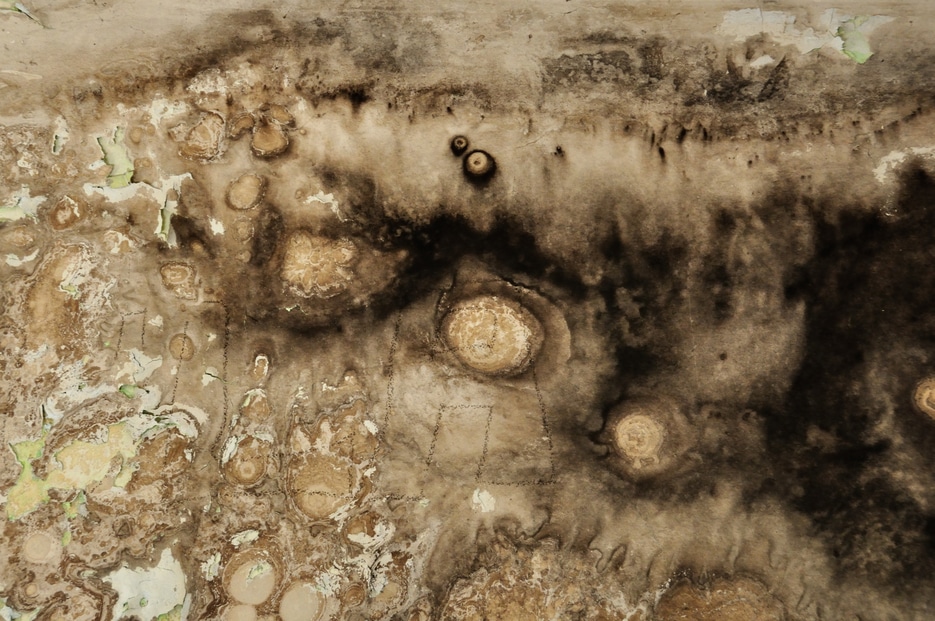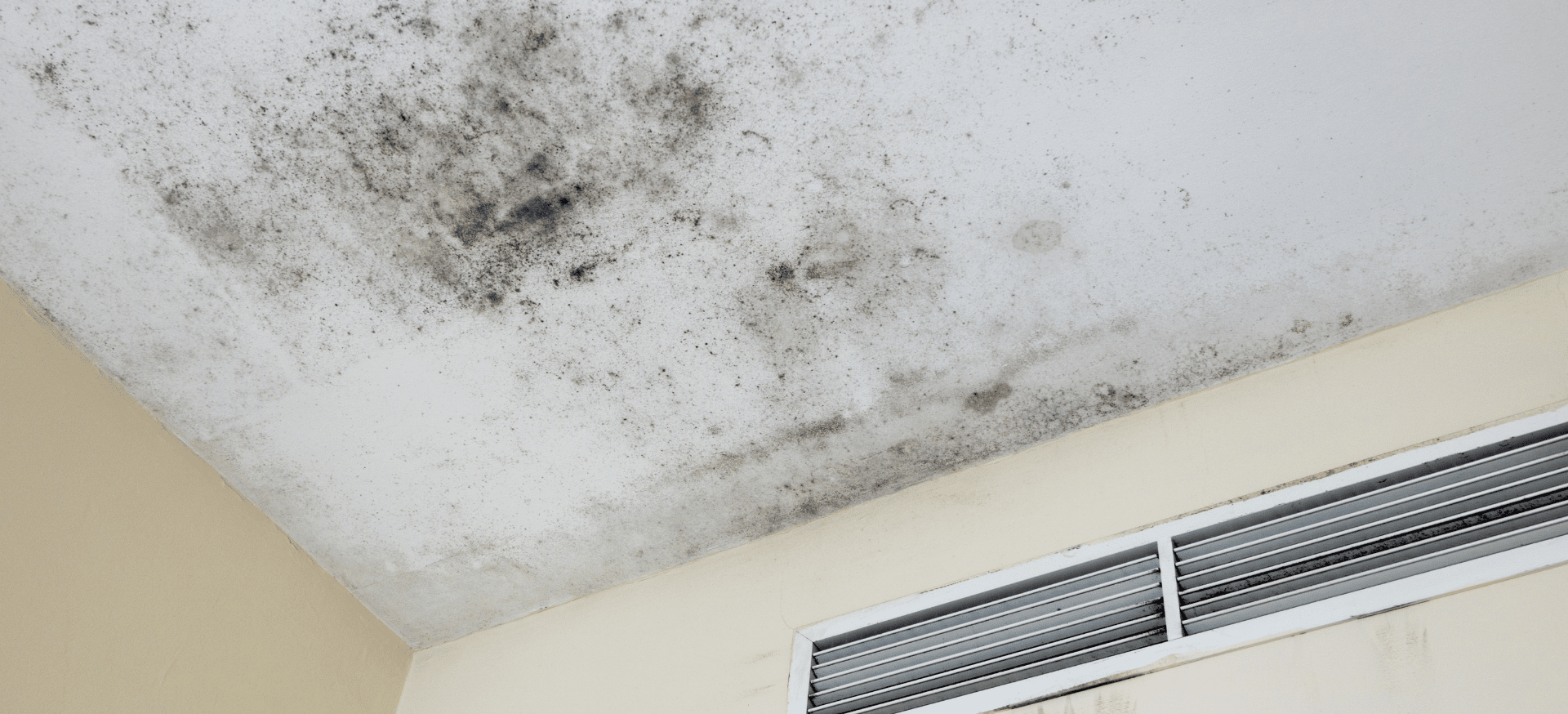Mold remediation offers help to those battling mold in their homes. Mold is insidious and difficult to detect without the right equipment. If there is a suspicion of mold in the home, the best thing to do is to have an official inspection.
But when is mold remediation required? A mold removal expert can confirm the presence of mold and recommend the best next steps. It’s important not to put off the mold removal process. An overgrowth of mold can be harmful to one’s health and can also reduce a home’s value.
What is Mold Remediation?
Mold remediation describes the process of finding the source of the mold, eliminating it, and taking steps to prevent its return. The goal of the mold remediation process is to restore the property to a healthy state.
Many homeowners wonder what is involved with mold remediation. This is a multifaceted process that involves identifying the source of mold overgrowth. Mold remediation experts will take steps to fight mold infestation and control the growth of mold. They will develop a specific strategy to prevent its return.
Importance of Mold Removal/Remediation
Mold removal is essential in protecting the health of household members. Some people are more sensitive to mold than others. However, it is essential to clear away mold as it can cause wheezing, coughing, and asthma-like symptoms.
If a homeowner is planning to sell the home in the future, they will need to have the mold completely removed. The process of mold remediation is thorough and will include an abatement strategy to prevent the return of mold.
Taking steps to remove mold will ensure that all the members of the home stay safe and healthy. Mold removal also protects a home’s value and keeps it from becoming unlivable.

The Need for Mold Removal
Mold removal reduces the number of mold spores in the indoor environment. However, how do you know when mold remediation is required? Below are the telltale signs that you need mold removal.
- A Musty Smell: If you notice a musty smell in the home, contact an experienced mold remediation company to get an inspection. They will be able to confirm the presence of mold in the home.
- Color Changes: When mold begins to spread in the home, you will notice discoloration on the walls, floors, and ceilings. Mold colors can vary and include green, black, white, or other light colors.
- Water Damage: Excess water from leaks or burst pipes can quickly result in mold overgrowth. Extra water pooling on the floor or in hidden places increases the level of humidity in the home. If you notice leaks in hard-to-reach areas, the likelihood of mold is very high.
- Symptoms and Reactions: Reactions to mold can occur for people living in a home with mold overgrowth. Sensitivities to mold can show up as red and puffy eyes, a stuffy nose, wheezing, and itchy skin.
A simple mold check from a professional mold remediation company will be able to confirm the presence or absence of mold. If mold is present, the company can proceed with the mold remediation process.
Mold Remediation Process
Homeowners who are unfamiliar with mold removal may be wondering what is involved with mold remediation. Understanding the mold remediation process can help you know what to expect when mold remediation is required.
So what happens during mold remediation? Your mold remediation company will follow these steps:
- Mold Inspection: The first step in the mold remediation process is a comprehensive assessment. Mold remediation experts will provide a full property inspection to identify the source of the mold and determine the types of mold present.
- Containment: Containing the mold is a key aspect of the mold remediation process. Mold spores are easily spread throughout the home. The spores travel through the air and can quickly grow and spread. Containment isolates the mold spores before the experts clean the area.
- Cleanup: Mold cleanup involves cleaning the mold spores, cleansing the air with air filtration, and cleaning items on which mold has grown.
- Disposal: Cleaning doesn’t remove mold from all materials. Instead, some cases may require the complete removal of certain fixtures or furniture. Porous materials are usually removed from the home, as mold grows rampantly on those types of materials.
- Sanitization: Once you remove any infected materials from the premises, the next step is to sanitize the area. A complete sanitization of the area includes cleaning furniture, floors, curtains, walls, and more.
- Prevention: The last step in the mold remediation process is developing an effective strategy to prevent the recurrence of the mold. The mold remediation company will outline the best steps to take to prevent the return of mold.
While your mold remediation company will follow this basic process, every mold situation looks different. The best mold remediation companies tailor their approaches to customers’ specific needs and concerns.
Frequently Asked Questions (FAQs) – Mold Remediation
Does All Mold Need Remediation?
Every mold remediation issue is unique and will require a different approach. A very small mold issue may not need a comprehensive approach such as mold remediation. However, mold remediation is beneficial whenever mold is present.
What Happens If You Don’t Remediate Mold?
If mold is not remediated and the conditions that caused the mold to stay the same, the problem can escalate. Mold spores will spread and can end up infecting the entire home. This can negatively impact one’s health.
What Kills Mold Permanently?
Mold thrives in dark and humid areas. Your mold remediation company will begin by identifying the source of the mold, such as areas of excess moisture, and mitigating the conditions that led to the mold growth. Then, they will kill the mold spores using effective remedies.
Conclusion
Give Attic Projects a call today for a free mold remediation quote! Count on us for expert mold services when mold remediation is required. We’ll help you with your mold removal needs so you can keep your home safe! Call us today to schedule your free inspection!




